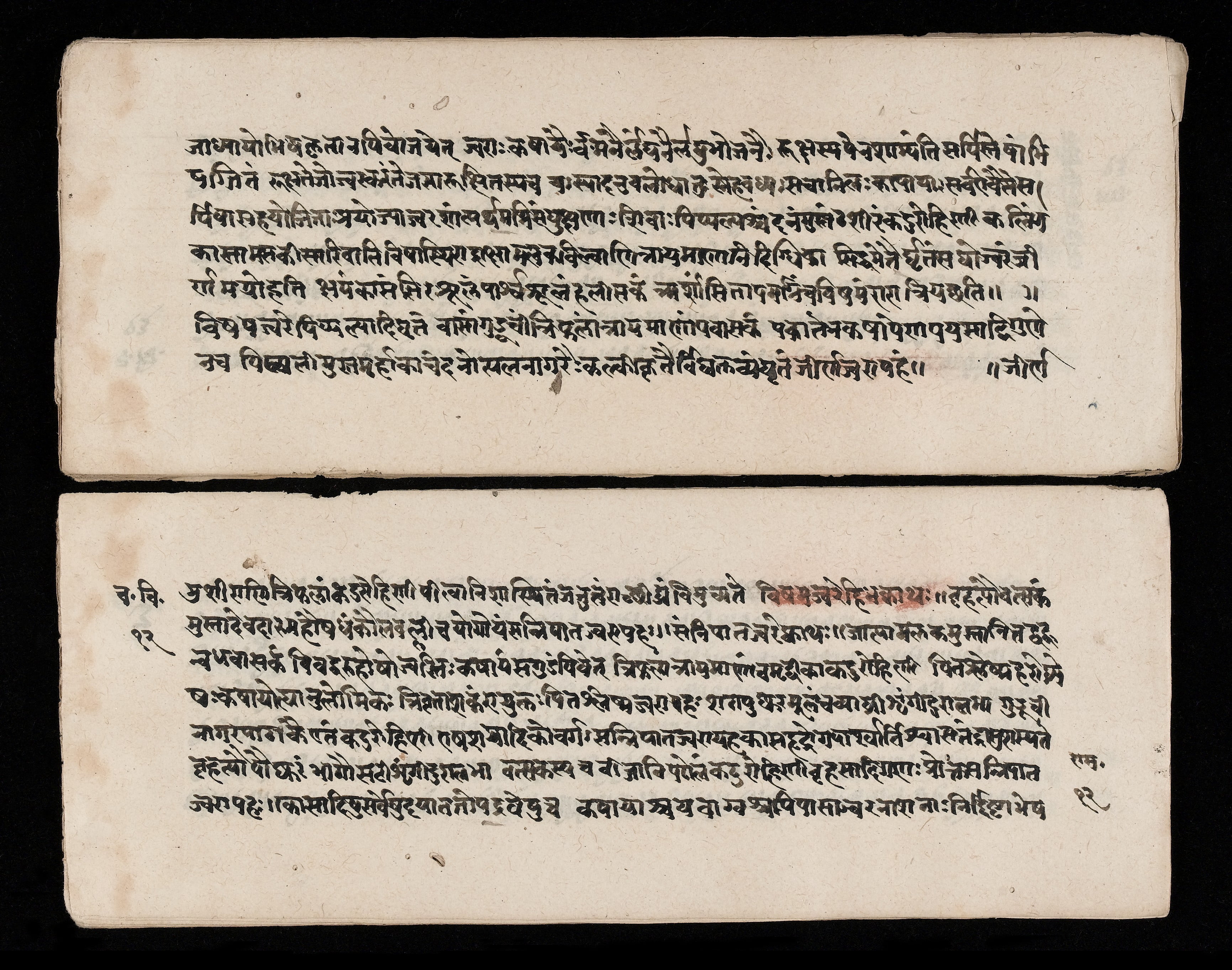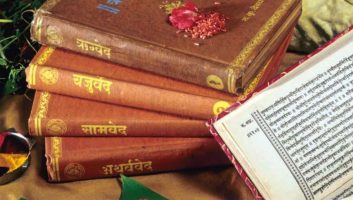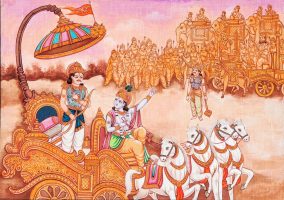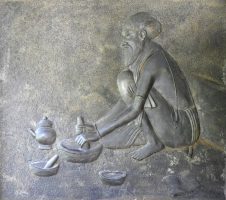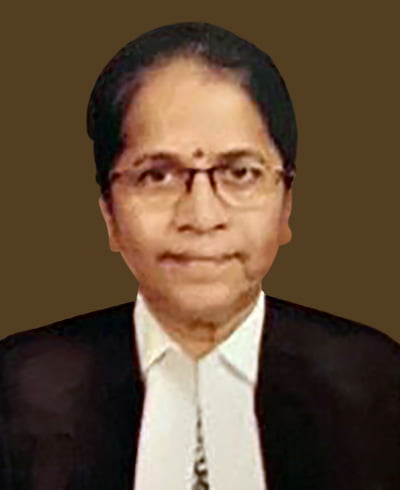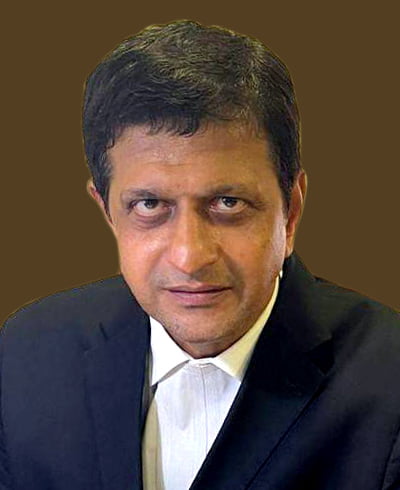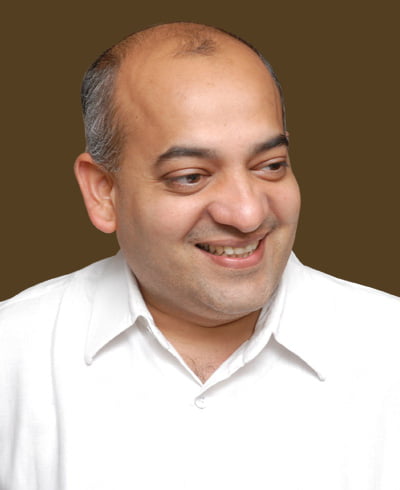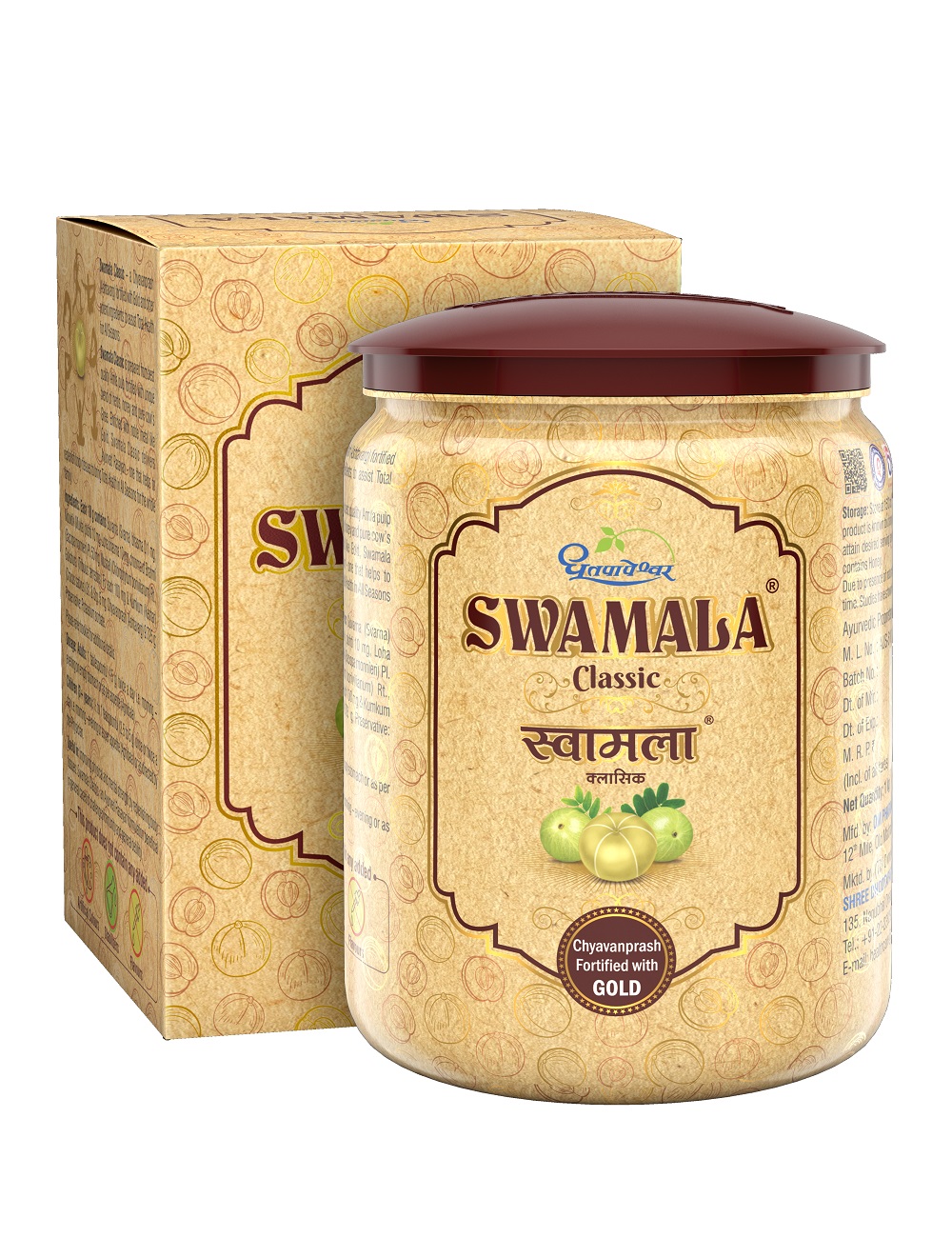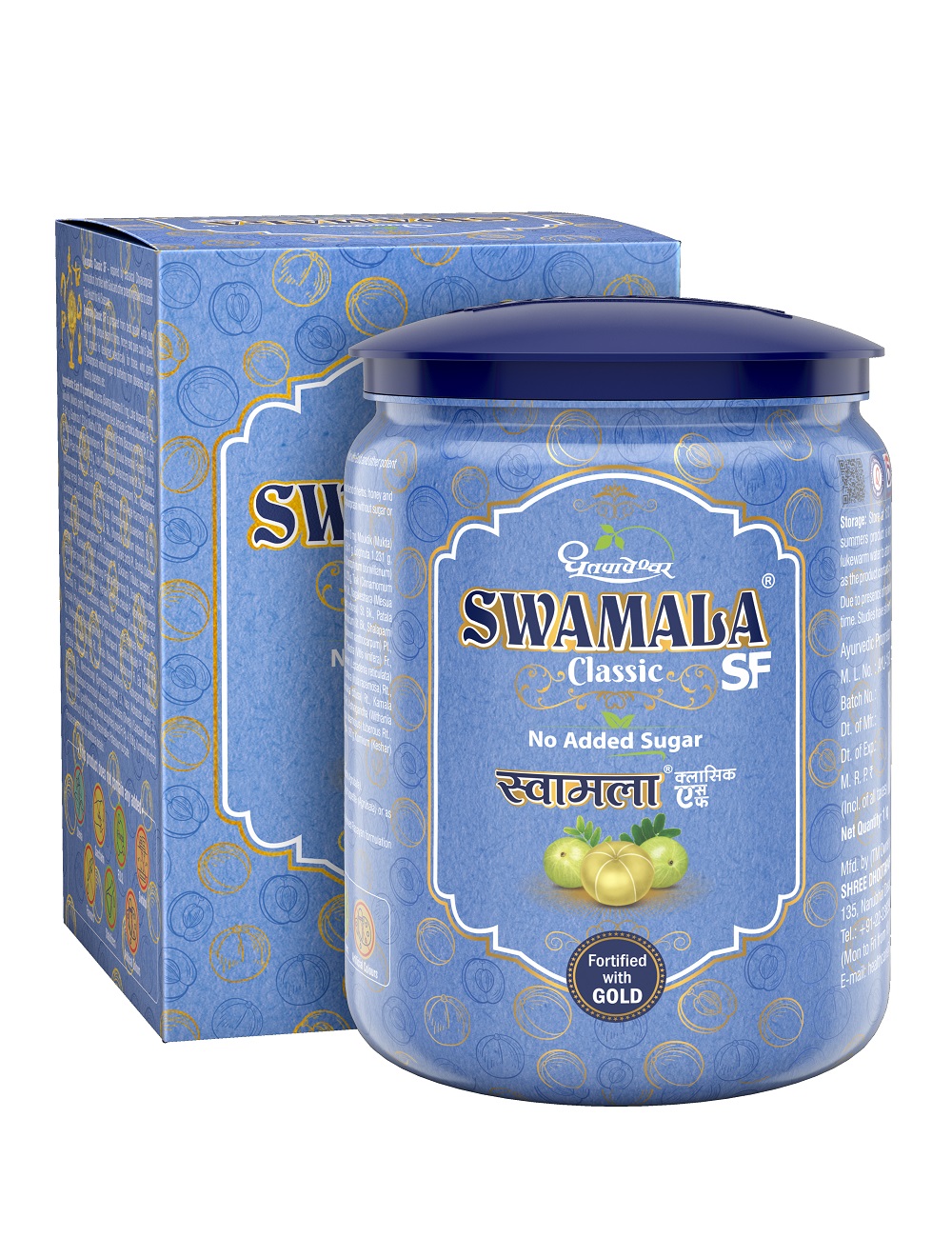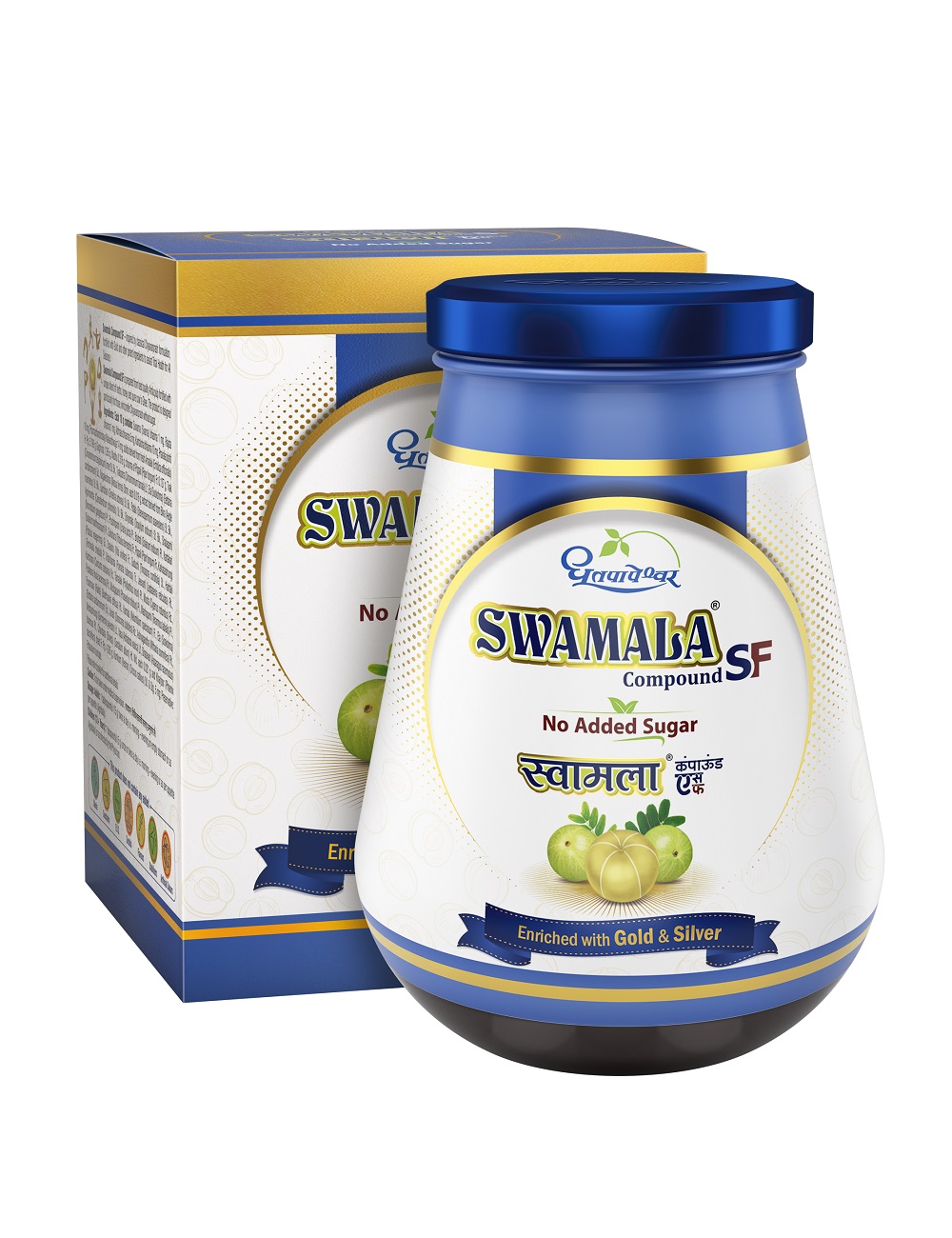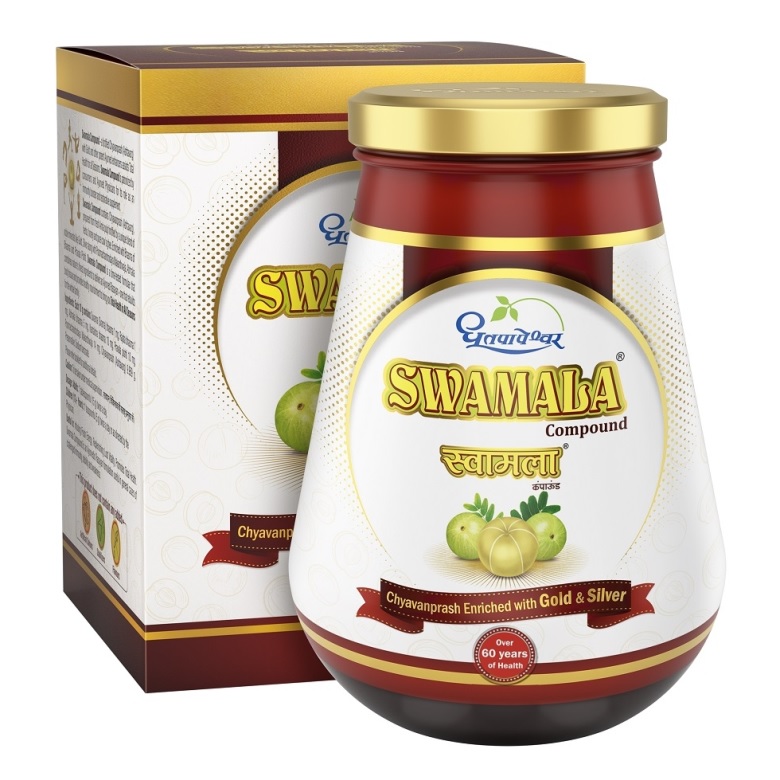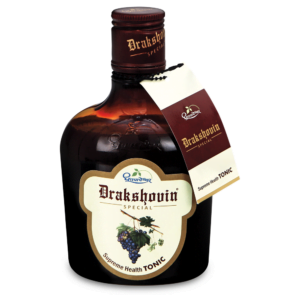The tradition of Ayurved goes thousands of years back. In earlier times, transfer of Ayurvedic knowledge was only through verbal communication between ‘Guru ’ or the enlightened Teacher and Shishya or the Student. This continued for years till the script came into existence. The first written Ayurved text is believed to be ‘Sushrut Tantra’ which was available in 2000B.C. It is said to be about 4000 yrs old as per the geological interpretation. Here are some of the most followed texts of Ayurvedic Medicine.
Charak Samhita (चरक संहिता)
Charak Samhita available today has been completed in three steps. It started with Agnivesha the student of Aacharya Aatreya. He scripted a treatise known as ‘Agnivesh Tantra’ somewhere in 1000B.C, in which he has explained various subjects of Ayurved in the form of concise quotes. Aacharya Charaka did the elaboration of these quotes in Agnivesh Tantra. He prepared mainly in prose changing its total appearance but not the ethos or the content. After this till the date this book is known as ‘Charak Samhita’ which dates back to 100 A.D. Third reformation was done by Aacharya Dridhabal (400 A.D.) who added the topics which were missing from Charak Samhita available at that time. This treatise is recognized as the first systematically documented text of Ayurvedic Medicine.
Attributes of Charak Samhita
Charak Samhita is considered as the epic text of Kayachikitsa or Internal Medicine. Along with basic Principles of Ayurved, it has detailed description of number of diseases, methods of diagnosis and treatment modalities. Pachakarma, the specialty branch of Ayurved recognized all over the world today, has been thoroughly described in terms of techniques it uses, to whom it should be given, by whom and how, its benefits and untoward effects if not properly used and remedies for the same have also been described. It has classified the medicinal herbs for the first time based on its action. It has classified the things used in day to day diet such as vegetables, grains, legumes, dairy products, etc. and has described properties of each of them along with the preparation and form in which it should be used.
Sushrut Samhita सुश्रुत संहिता
Sushrut Samhita available today has been completed in four steps. Vriddha Sushrut, a student of Lord Dhanvantari himself has scripted ‘Sushrut-tantra’ around the period of 2000 B.C. The second revision was done by Aacharya Sushrut in 200 A.D. who added the topics like treatment of war time diseases (Sainik Chikitsa), methods of water purification, protection of kingdom, etc. After this revision it came to be known as ‘Sushrut Samhita’. The third reformation was done by Aacharya Nagarjuna in 500 A.D. who added Uttartantra which was not there in earlier version. The last editing was done by Aacharya Chandrat in 1000 A.D who made text corrections to then available version of Sushrut Samhita and added topics which were of practical importance during his time.
Attributes of Sushrut Samhita
Sushrut Samhita represents the school of Surgery in Ayurved. It has introduced some of the new topics which were not covered in earlier texts such as detailed description of instruments used for surgery, various types of bandages, surgical techniques and detailed description of diseases of ENT (Ear, Nose, and Throat). It has explained in great detail about various types of poisons, their effects on the body and their antidotes.
Surgeries done by Aacharya Sushruta more than 2000 years ago still beats modern day doctors. In those days he did eye, ear surgeries, various plastic surgeries including rhinoplasty. That is why Sushruta is known as Father of Surgery.
Ashtanga Sangraha अष्टांग संग्रह
Aacharya Vagbhat (400 A.D.) combined the topics from Charak Samhita and Sushrut Samhita to produce a concise prose composition known as Ashtang Sangraha. This text consists of topics from Internal medicine (Kaychikitsa) as well as from surgery (Shalyachikitsa).
‘Ashtang Sangraha’ is based on Practical Approach. It has included the topics of current interest which are written in a language easy to comprehend even for persons with medium intellect.
Ashtanga Hridayam अष्टांग हृदय
Astang Hridayam (400 to 600 A.D) is a treatise written in a manner that could be remembered easily as it is less prose and poetic in nature. It has made studying Ayurved even easier. It initiated many new trends. Currently, it is perhaps the most followed and practiced text book of Ayurved.
Madhav Nidan (700 A.D.) माधव निदान
It is a composition that deals with the ‘Nidan’ or Pathology aspects of Ayruved wherein the diseases right from the causes to the etio-pathology and the consequent complications along with permanent deformities, if any, are explained in the great detail by keeping disease pathology (Nidan) as core subject. This book has given very practical tips for understanding disease pathology and making the diagnosis. It has explained the topics in easy and concise form. It has included description of some new diseases which were not mentioned in earlier texts.
Sharangdhar Samhita (1300 A.D.) शार्ङगधर संहिता
It is considered as one of the comparitively recent literatures in Ayurved which mainly deals with ‘Panchakashay Kalpana’ and its practical application in the field of Ayurvedic Pharmacy. It is written in compact form and to the point. It started many new and practical trends in Ayurvedic system of medicine. Some of them are as follows
Nadi Pariksha(Pulse diagnosis), Inclusion on some of the medicinal plants for the first time eg. Opium, Cannabis as well as some poisonous plants and animal products. Detailed description of medicinal formulation containing minerals and metals eg. Bhasma, Rasakalpa etc.
Bhavaprakash (1600 A.D.) भावप्रकाश
It is very descriptive text book of Ayurvedic medicine. It is famous for its ‘Nighantu ’ Part which has classified and described over 600 medicinal plants. It has included many new herbs which were not the natives of India but had been brought by foreigners. By 16th century some of the herbs described in ancient texts like Charak and Sushrut Samhita were becoming rare so Bhavaprakash has given the list of herbs having similar properties which can be used as replacement to those which are not available or have become extinct.
It has explained some of the diseases not mentioned in earlier texts such as Phirang (Syphilis) which were perhaps brought by foreign encroachment.
Kashyap Samhita काश्यप संहिता
This Samhita mainly deals with Kaumarbhritya Tantra (Pediatrics). Though some part of it is lost over the years, it is perhaps the oldest treatise available which is mainly devoted to Kaumarbhritya, loosely translated as Pediatrics. It has detailed description of various pediatric diseases and methods of treatment. In addition to this, it talks about topics such as appropriate toys for kids, qualities of the nanny, etc.


